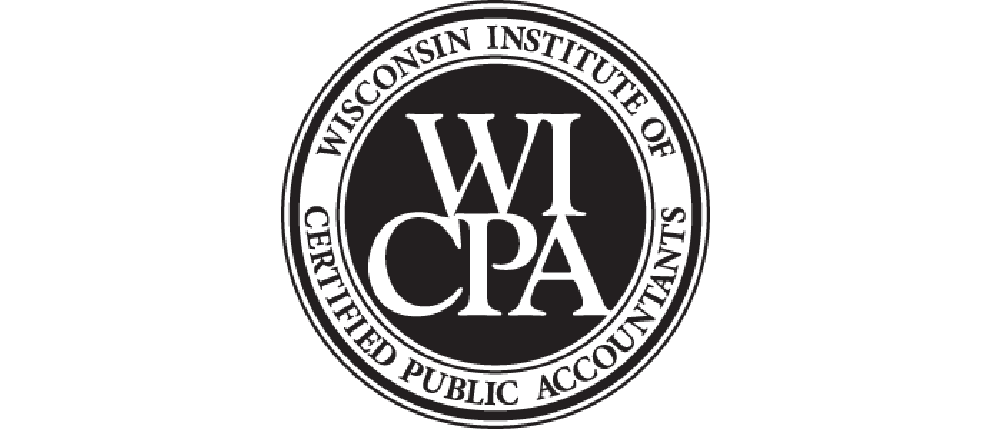 Congressional leaders and the White House have agreed on the next round of COVID-19 relief legislation. After months of waiting and last-minute negotiations, the 2021 Consolidated Appropriations Act was introduced on December 21, 2020 and was signed into law on December 27, 2020.
Congressional leaders and the White House have agreed on the next round of COVID-19 relief legislation. After months of waiting and last-minute negotiations, the 2021 Consolidated Appropriations Act was introduced on December 21, 2020 and was signed into law on December 27, 2020.
The Consolidated Appropriations Act includes further relief for taxpayers affected by the pandemic. The relief package is largely based on a $908 billion bipartisan legislative framework released earlier this year and a $1.4 trillion omnibus spending bill, which will provide government funding through September 30, 2021.
What do individuals and businesses need to know about this relief?
Economic Stimulus Rebate
The CARES Act provided direct payments or rebates to qualified taxpayers; these direct rebates were referred to as Economic Impact Payments or EIPs. The COVID-Related Tax Relief Act of 2020 (COVIDTRA), which is part of the Consolidated Appropriations Act of 2021, contains a second direct payment to individual taxpayers. Under the new legislation, eligible taxpayers will be provided a refundable tax credit of $600 per family member.
This means the credit is $600 per taxpayer ($1,200 for married filing jointly), in addition to $600 per qualifying child (under the age of 17). The credit does phase out at a rate of 5% per $100 of income at the threshold of $75,000 of modified adjusted gross income—or $112,500 for Head of Households and $150,000 for joint filers.
Eligible taxpayers do not include nonresident aliens, estates or trusts, and anyone who qualifies as another taxpayer’s dependent.
The Treasury will issue advance payments based on the information found on 2019 tax returns. Eligible taxpayers who were not eligible to file a 2019 return, can still qualify for recovery payment through the IRS nonflier portal.
Other Provisions
Educator expenses – Eligible educators (i.e., kindergarten through grade 12 teachers, instructors, etc.) are allowed a $250 above the line deduction for expenses paid by end of year. The new Act added to the list of eligible expenses, now including personal protective equipment, disinfectant, and other supplies used to prevent spread of COVID19.
Farmers’ Net Operating Loss (NOLs) – Before the enactment of the CARES Act (March 2020), farmers could carry back NOLs two preceding years. In accordance with the CARES Act, NOLs arising in a tax year beginning after Dec 31, 2017 and before Jan 1, 2021 can be carried back to each of the five tax years preceding the tax year of loss. With the new legislation, farmers who elected a two-year NOL prior to the CARES Act can elect to retain the two-year carryback rather than claim the five-year carryback provided in the CARES Act.
Charitable contributions by non-itemizers – For taxpayers who elect not to itemize for 2020, you may take up to $300 above-the-line deduction for cash contributions to a qualified charitable organization. The Act extended the rule through 2021, allowing cash contributions of up to $300 ($600 for married filers) to be deducted as an above-the-line deduction.
Temporary allowance of full deduction for business meals – Ordinary and necessary food and beverage expenses of operating your business are now 100% tax deductible for expenses paid or incurred, in calendar years 2021 and 2022; however, the new provision does not apply for 2020 tax year. Prior to the passage of the Consolidated Appropriations Act of 2021 (CAA), the deduction was limited to 50% of the otherwise allowable expense. The CAA, signed on December 27, 2020, adds an exception to the 50% limit for expenses for food or beverages provided by a restaurant.
The use of the word "by" (rather than "in") a restaurant clarifies the new rule isn't limited to meals eaten on the restaurant's premises; therefore, takeout and delivery meals provided by a restaurant are also fully deductible. It's important to note, other than lifting the 50% limit for restaurant meals, the legislation doesn't change the rules for deducting business meals and all other existing requirements continue to apply. Thus, to be deductible:
- The food and beverages cannot be lavish or extravagant under the circumstances.
- You or a member of the business must be present when the food or beverages are served.
A member of the business is defined as a current or prospective customer, client, supplier, employee, agent, partner or professional adviser with whom you could reasonably expect to engage or deal with in your business. If food or beverages are provided at an entertainment activity, they must either be purchased separately from the entertainment or their cost must be stated on a separate bill, invoice or receipt. Entertainment expenses, under the CAA and prior legislation, remain as a non-deductible expense.
Tax Extenders
The Taxpayer Certainty and Disaster Tax Relief Act of 2020 (TCDTR or the Act), part of the Consolidated Appropriations Act of 2021, contains numerous tax extenders you should be aware of:
Reduction in Medical Expense Deduction Floor – Prior to January 1, 2021, individuals could claim an itemized deduction for unreimbursed medical expenses to the extent such expenses exceed 7.5% of adjusted gross income (AGI). The Act makes the 7.5% threshold permanent, applicable for tax years beginning after December 31, 2020.
Education – Effective for tax years after December 31, 2020, the qualified tuition expense deduction will be replaced with an increased income threshold for the lifetime learning credit. The Act continues with a single phaseout for the American Opportunity Tax Credit and the Lifetime Learning Credit, effective for tax years beginning after December 31, 2020.
Work Opportunity Credit – Under general rules, a taxpayer is allowed business credits by hiring individuals who are members of one or more of the ten targeted groups under the WOTC program. Under Pre-Act law, the credit is based on qualified first-year wages paid to the hire. The new Act extends this credit through 2025.
Nonbusiness Energy Credit –A credit of 10% of the amounts paid or incurred by the taxpayer for qualified energy improvements to the building of principal residences is available. Qualified energy improvements include windows, doors, skylights, and roofs. In addition, a credit is available ranging from $50 to $300 for energy-efficient property including furnaces, boilers, biomass stoves, heat pumps, water heaters, central air conditions and circulating fans. There is a lifetime cap of $500. The Act extends this credit through 2021.
Paycheck Protection Program
The Consolidated Appropriations Act also included updates to PPP guidance. You can find more information by reading our blog on PPP updates here.
If you have questions or concerns about this new legislation and how it will impact you, please contact a KerberRose Trusted Advisor today.








